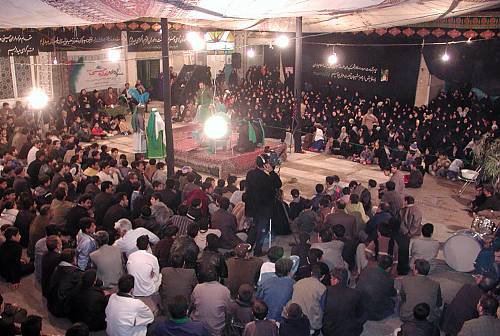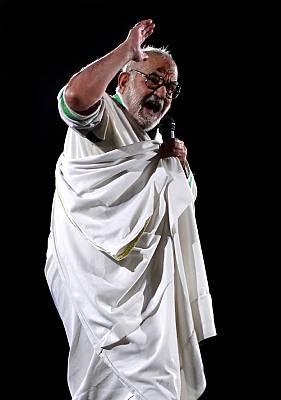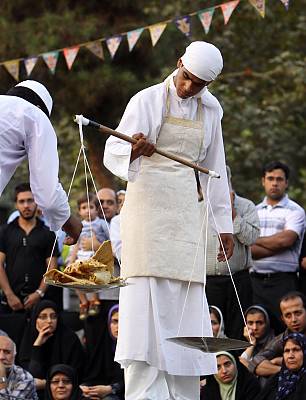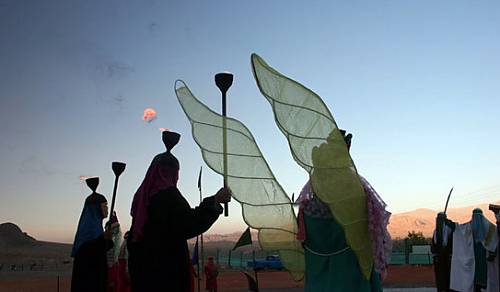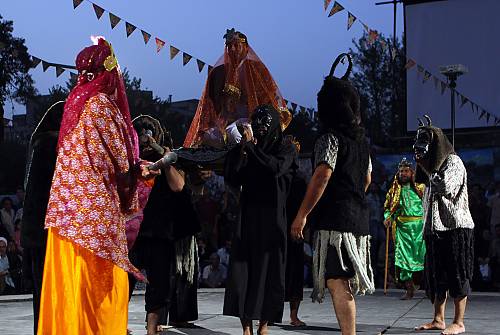Ritual dramatic art of Ta‘zīye
Inscribed in 2010 (5.COM) on the Representative List of the Intangible Cultural Heritage of Humanity

Ta‘zīye (or Ta’azyeh) is a ritual dramatic art that recounts religious events, historical and mythical stories and folk tales. Each performance has four elements: poetry, music, song and motion. Some performances have up to a hundred roles, divided into historical, religious, political, social, supernatural, real, imaginary and fantasy characters. Each Ta‘zīye drama is individual, having its own subject, costumes and music. Performances are rich with symbolism, conventions, codes and signs understood by Iranian spectators, and take place on a stage without lighting or decoration. Performers are always male, with female roles being played by men, and most are amateurs who gain their living through other means but perform for spiritual rewards. While Ta‘zīye has a prominent role in Iranian culture, literature and art, everyday proverbs are also drawn from its ritual plays. Its performances help promote and reinforce religious and spiritual values, altruism and friendship while preserving old traditions, national culture and Iranian mythology. Ta‘zīye also plays a significant role in preserving associated crafts, such as costume-making, calligraphy and instrument-making. Its flexibility has led it to become a common language for different communities, promoting communication, unity and creativity. Ta‘zīye is transmitted by example and word of mouth from tutor to pupil.
